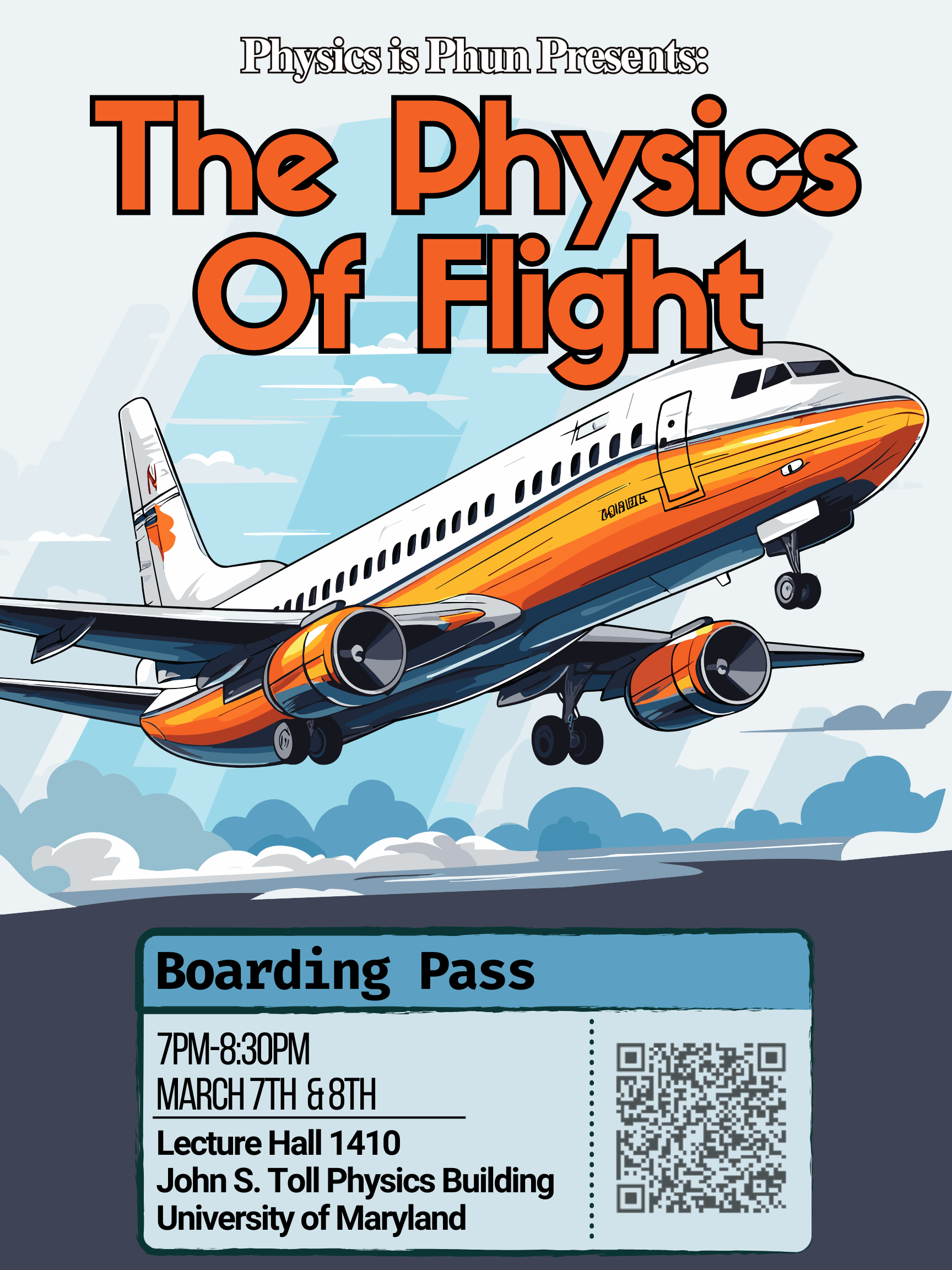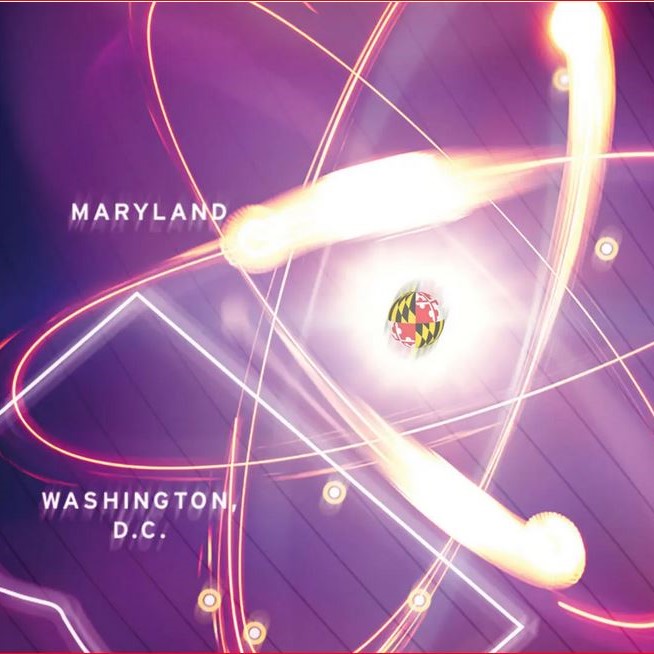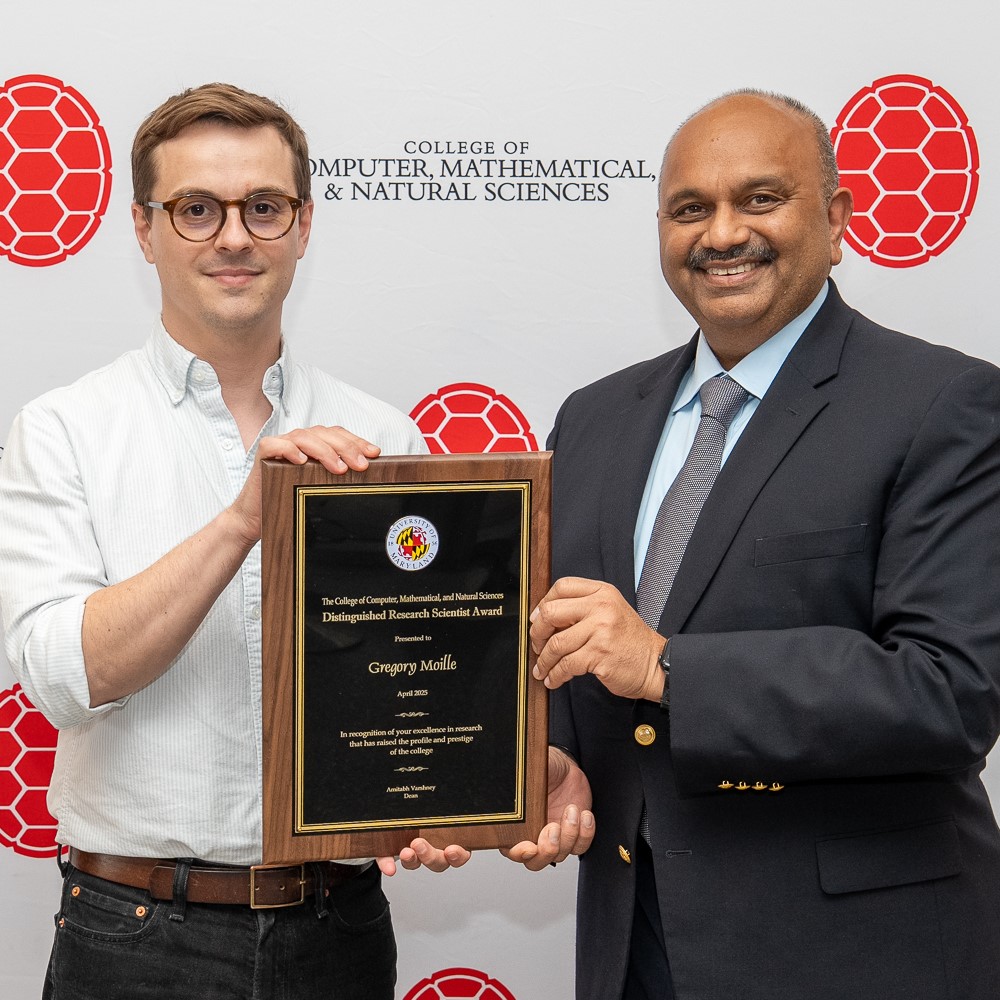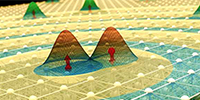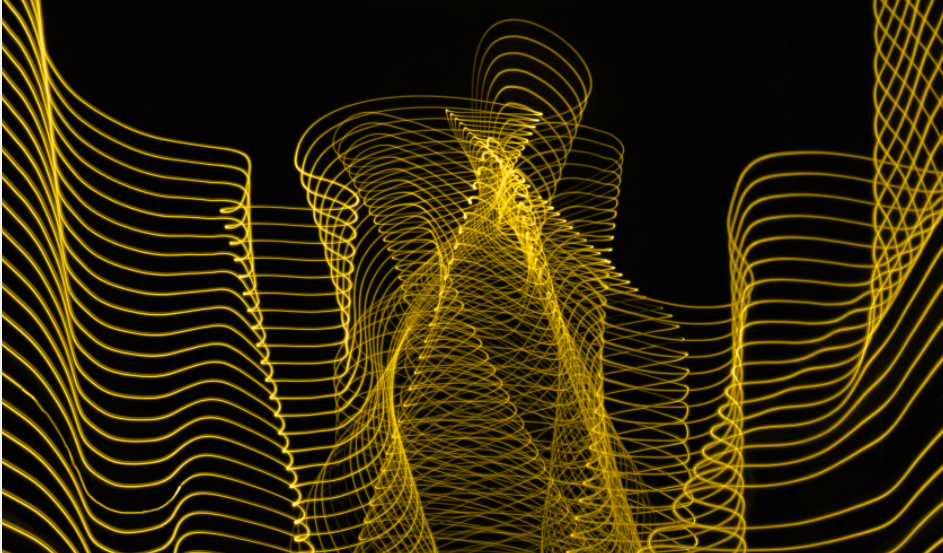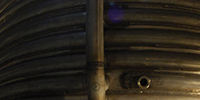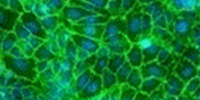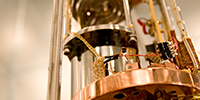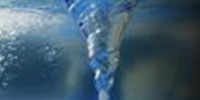The Search For 100 Earths
- Details
-
Created: Tuesday, April 01 2014 16:14
-
Last Updated: Tuesday, April 08 2014 11:13
-
Written by Carole Kiger
-
Hits: 3107
Debra Fischer, Yale University
April 29, 2014
The search for planets orbiting nearby stars has been one of the greatest success stories of the past decade, with hundreds of discoveries being made using Doppler, transit, microlensing, and direct imaging techniques and thousands of candidates detected with NASA’s Kepler mission. Exoplanet detections have launched a subfield of astronomy that includes host star characterizations, measurements of planet radii and density, studies of atmospheres, interior structure, formation theory, and orbital evolution.
The search for exoplanets is motivated by the question of whether life exists elsewhere. This drives our interest in the detection of planets that are similar to our own world: rocky planets with the potential for liquid surface water and plate tectonics; worlds that might harbor life that we can recognize. Importantly, we will need to discover not just a few, but hundreds of these worlds to eventually gain a statistical understanding of whether life is rare, common, or ubiquitous and ground-based telescopes offer an ideal platform for carrying out decade-long surveys. It is critical for follow-up studies (imaging, atmospheric studies) that these planets orbit nearby stars. In this talk, I will discuss how we plan to take what we've learned and push on to the next frontier: our plans for a next generation spectrograph, EXPRES, to carry out a search 100 Earths with the Discovery Channel Telescope.
-------------------------------------------------------------------------------------------------------------------------------------------------------------------------------------------------
Colloquia are held Tuesdays in Room 1412 at 4:00 pm (preceded by light refreshments at 3:30). If you have additional questions, please call 301-405-5946.
High Temperature Superconductivity: Taming Serendipity
- Details
-
Created: Wednesday, February 26 2014 10:52
-
Last Updated: Friday, April 11 2014 15:58
-
Written by Carole Kiger
-
Hits: 4068
Laura Greene, University of Illinois
April 15, 2014
As we pass the centenary of the discovery of superconductivity, the design of new and more useful superconductors remains as enigmatic as ever. As high-density current carriers with little or no power loss, high-temperature superconductors offer unique solutions to fundamental grid challenges of the 21st century and hold great promise in addressing our global energy challenge in energy production, storage, and distribution. Traditionally guided by serendipity, researchers in the field have grown into an enthusiastic global network to predictively design new superconductors. I will share our general guidelines and strive to convey the renewed passion we share in this international pursuit. I will also show how our point contact spectroscopy measurements would aid in identifying promising candidates.
-------------------------------------------------------------------------------------------------------------------------------------------------------------------------------------------------
Colloquia are held Tuesdays in Room 1412 at 4:00 pm (preceded by light refreshments at 3:30). If you have additional questions, please call 301-405-5946.








